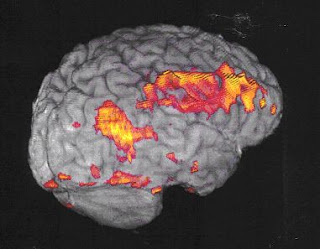Owing partly to the assumption that adverse neurologic events were specifically related to the use of extracorporeal cardiopulmonary bypass, techniques were developed for performing CABG without the use of cardiopulmonary bypass (i.e., off-pump surgery).
However, recent large, prospective, randomized studies comparing the rate of adverse neurologic outcomes after conventional on-pump surgery with the rate after off-pump surgery have not shown a significant risk reduction associated with the use of off-pump surgery.
Consequently, efforts to reduce the incidence of postoperative neurologic injury have begun to focus on patient-related risk factors, such as the degree of atherosclerosis of the aorta, the carotid arteries, and the brain, rather than procedure-related variables

Comments
Post a Comment